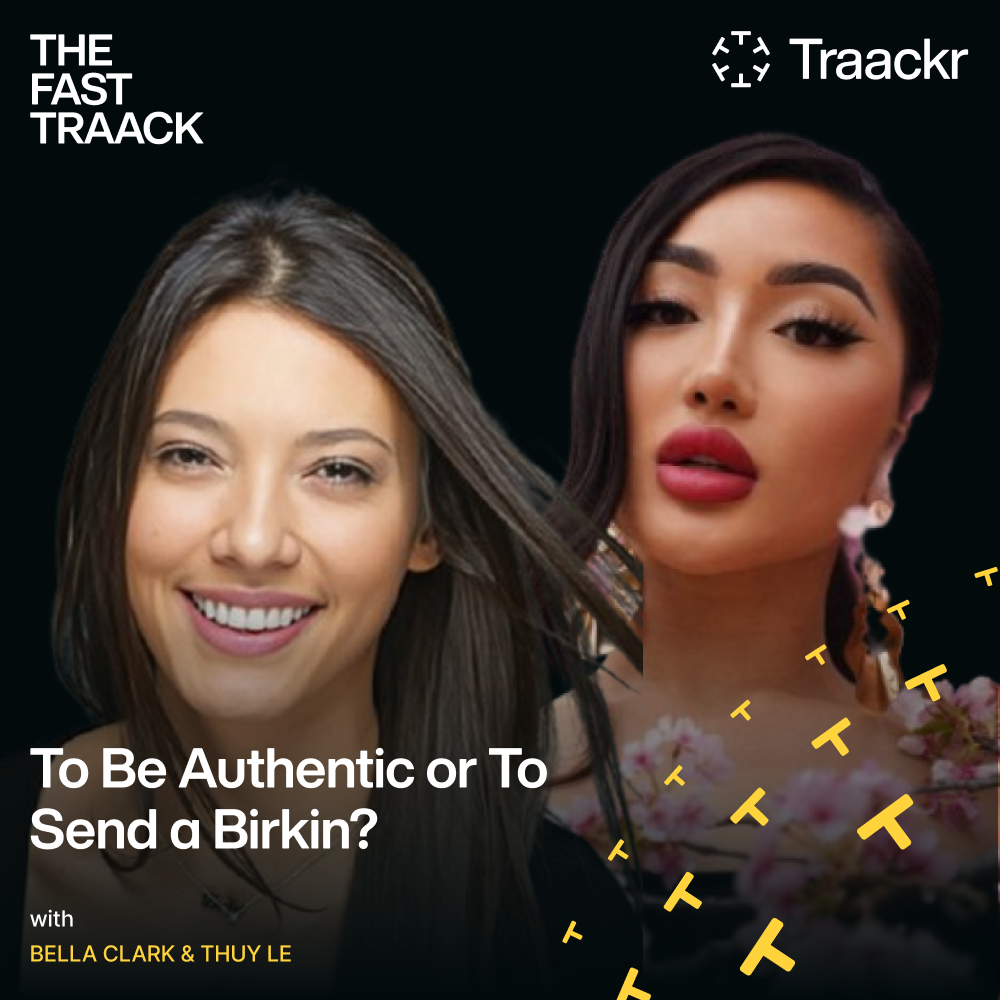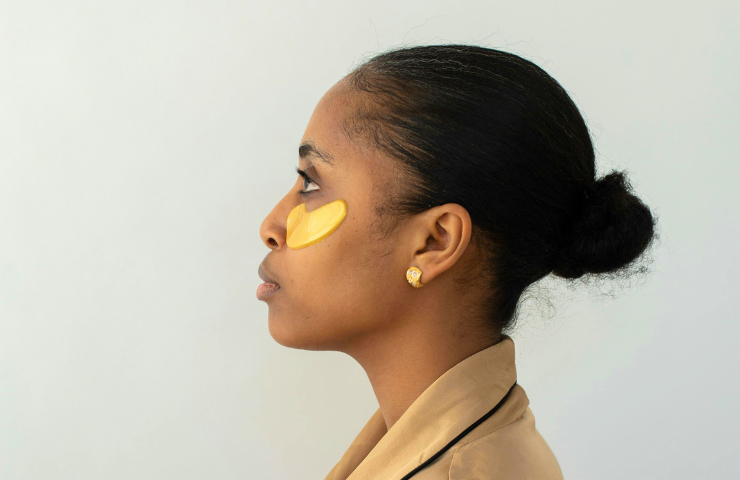How to Write a Good Influencer Brief

A great influencer brief can make or break a creator’s experience with your brand. Since a brief is one of the first ways an influencer interacts with your brand and your team, it can really set the tone for the partnership (and even determine whether you’ll work together again).
That being said, writing a good influencer brief can be easier said than done. Here are some key aspects to keep in mind so you can start your influencer partnerships off on the right foot!
*After you've read these tips, download our influencer brief slide deck template to use as a starting point for creating your own personalized version for your creators.
4 Tips for Writing a Good Influencer Brief
Keep your influencer brief short but information rich
“When it’s clear what you’re trying to achieve from both the talent and brand side, it makes the whole process easier.” - Alice Hampton, Founder of ACP Management
Similar to writing a pitch to reporters, or an email to a colleague – more doesn’t equal better. The shorter you keep your influencer brief, the better. That being said, there are a few types of information that are must-haves in your influencer brief. For example your brief should include important logistical information such as:
- Timing of the campaign - when should the content go live?
- Type of campaign - organic or paid? What are the details around compensation?
- Where to post - which platforms would you like influencers to share on?
- What to include in posts - are there any special campaign hashtags, links, and social tags? Avoid dictating other types of language or style elements as much as possible.
Your influencer brief should also provide context on your campaign! Remember, influencers are marketers in their own right. So giving them the parameters of your campaign may help them make better content. Some details you could include:
- Campaign goals - is it to build awareness with a certain number of impressions? Or to build out your online community by earning a certain amount of new followers?
- Key messaging - what is the product that the influencer will be promoting and its benefits? If you’re a skincare brand, this may look like listing out ingredients. If you’re a makeup brand this may look like listing out qualities (e.g. full coverage, pigmented eyeshadow, etc).
- Target audience - be specific as you can with the qualities of the consumers you want to reach. Are they Gen Xers? Moms? Young professionals? Folks with curly or textured hair?
This may all sound like a lot, but there are ways to make it easier to read through. Try to make the brief more scannable by avoiding big text blocks, utilizing bolding and bullet points, and including visual aids.
Pro tip: To make the brief more personalized, include your favorite content pieces that the influencer has already created! Seeing themselves in the examples signifies that you truly want to work with them and chose them for a reason.
Be transparent with details and process
"Be specific in your influencer brief. Laying out clear details about your timeline, deliverables, and usage rights will avoid confusion in the future and make the whole process that much smoother." — Stephanie Buecheler, Marketing Manager of Brand and Community at Traackr
Transparency is key for building trust and long lasting relationships with your influencer partners. In addition to providing logistical information and campaign context, your brief should clearly highlight elements that are important to your influencer partners. Some of these include:
- Compensation. It can be frustrating for influencers when brands don’t explicitly communicate if a campaign is paid or not. If your influencer brief is for an organic campaign, be sure to include that in bold text and not in fine print. On the other hand, if you are writing an influencer brief for a paid campaign, make sure you are explicit about expected deliverables and outline how/when the influencer will be compensated!
- Usage rights. If you’re planning to reshare influencer content from a campaign on your brand’s social channels, you’ll want to make that abundantly clear in your influencer brief. This is even more important if you plan on incorporating the influencer's content in traditional ads, or repurposing the content into other non-social channels (websites, blogs).
- Process. Tell your partners how they will interact with your team, and what the timeline looks like. If it’s a paid campaign, when do they need to submit drafts, and when will content approvals be finalized? If it’s an organic campaign, what window of time would you like them to post within? Having these details laid out in the influencer brief will minimize the back-and-forth, allowing campaigns to finish on time or sooner.
It’s critical to be as open and transparent as possible here. Best case scenario, your partner will be on the same page and feel comfortable with what you’ve communicated. Worst case scenario, your partner comes back with concerns and you can have an open conversation about how to compromise.
Avoid Writing a Script
“When I sense that there is restricted creative freedom, I immediately pull back because I don’t want to do just an ad. I want to do something that is funny, relatable, and promotes the company in my own voice.” - Kat Stickler, Influencer & Comedian
Your influencer brief should not read like a script. The last thing you want to include in your influencer brief is something that requires influencers to say specific things at specific moments in their content. Influencer marketing is all about authenticity, and creators’ content won’t come across as authentic if they have to run through 20 bullet points.
Being overly prescriptive also puts the creator’s experience at risk. If you want to actually build a relationship with this creator (hint: you should, because creator retention is a major contributor to success), you need to make sure that you are giving them an experience that is exciting, organized, and most of all, pleasant.
Instead, stick to stating facts on things such as background information about your brand and its values, product information (like ingredients) or specific messaging that you care about (like sustainability). Including a general list of do’s and don’ts is also beneficial since it can reduce confusion and the back-and-forth with influencers on specifics within their content. For example, in a recent influencer brief, Bite Toothpaste Bits asked creators to avoid sharing posts featuring their deodorant in the bathroom. The reason? One of the key selling points about their deodorant is that it’s small and perfect for on the go!
Get Creative!
“In the influencer marketing community there’s a lot of talk about how to balance creative freedom with brand messaging in campaign briefs. We want influencers to do their thing and be authentic! But we also want to make sure our products are presented in a way that aligns with our brand. Our solution to this was an influencer toolkit.” — Eva Dunn, Associate Marketing Manager at Bite Toothpaste Bits
Influencer briefs can often feel overwhelming — trying to find the right balance of detail vs brevity can be really hard, and it feels like there’s a lot riding on getting it right. However, you can also think about your creative brief as a tool for getting influencers excited about your campaign!
Consider infusing some creativity and visual aids in your influencer brief. For example, Bite Toothpaste bits created an “influencer toolkit”, which was a mood board-esque take on an influencer brief. The toolkit was a beautifully designed, highly branded, and detail-filled pdf that influencers can use as a guide for their creative process.
Bite Toothpaste Bits’ influencer brief/toolkit successfully communicated all the important details of the campaign, while also providing inspiration for creativity. Even more importantly, it yielded a 67% increase in influencer responses, and an increase in influencer loyalty (with multiple influencer posting more than once).
Read more about the influencer brief (aka “influencer toolkit”) that Bite Toothpaste Bits created!
Get access to our influencer brief slide deck template that you can use as a starting point for creating your own personalized version for your creators.

Listen to Bella Clark, Head of Influencer and Partnerships at Lipton, and content creator, Thuy Le, share why authenticity outshines extravagance when it comes to creator partnerships.
Listen nowSee which brands are leading the way in influencer marketing with our real-time performance leaderboard.
View brand leaderboard_Nick_Fancher_Photos_ID6169.jpg)
Unlocking Creator Value for Global Brands in the Age of AI

The UK’s New “Less Healthy” Food & Drink Ad Rules Just Changed Influencer Marketing

Rising and Top Influencers #Over40 in the Beauty Industry
Level up your creator marketing expertise
Get industry insights and updates straight to your inbox.
